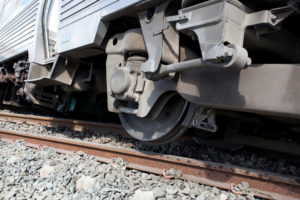Do you know how often a developer who clears land, paves it, and changes its contours has increased the volume and changed the path rain runoff takes as it flows across that land? Especially where there's any slope or grade on the property, it's probably a universal occurrence. If the soil that previously absorbed the water is paved over, and the vegetation that previously absorbed the water is removed, there is usually going to be a significant amount of rain that is now running off the property onto adjacent landowners' properties, instead of soaking into the ground. Additionally, creating flat areas for roads and homes changes the contours of the land, which can change the rate of the flow and direction of the flow of water. When a developer is working on land with a higher elevation than his neighbors', the developer has a duty not to harm the lower landowner with increased and/or re-directed surface water runoff.
Where I live, there is a lot of rain. A lot of rain, all year long, means a lot of problems arising out of developments like I've just described. These developments inundate lower landowners and public drainage systems with the increased runoff they cause, which can be dangerous and incredibly destructive.
The developer, or property owner responsible for construction on upper elevations, owes a duty to nearby lower landowners not to cause damage with rain runoff. There are many, many Federal, State, and municipal laws governing the creation, retention and detention of this runoff because it can be so harmful, but even compliance with those regulations does not always prevent harm, or remedy it once it's occurred.
However, a lower landowner does have tools available to him or her that can abate what the law considers a nuisance, trespass, and violation of common law surface water runoff rights. Notifying the responsible party is the first step for the lower landowner to take upon witnessing damage caused by surface water runoff from higher elevations. After every damaging rain event, the lower landowner should make the damage known to the developer or upper landowner, and take pictures and video of the damage as it is occurring. If action is not taken to address the damage by the person responsible, a suit for injunctive relief and/or monetary damages can be filed.










Comments for this article are closed.